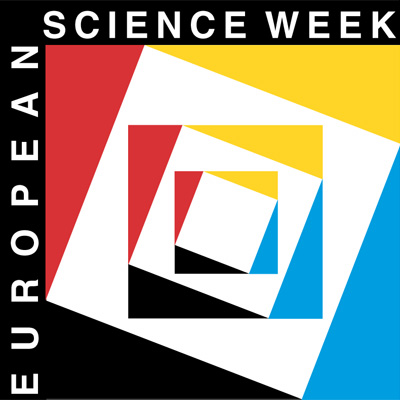

The Venus Transit 2004
... Observing Campaign Results
The VT-2004 programme set up a unique, international network of observers to observe the Venus Transit event on June 8, 2004 within the VT-2004 Observing Campaign . One of the stated goals was to re-enact the historical determination of the distance to the Sun (the Astronomical Unit) by collecting timings of the four contacts made by these observers and combining them in a calculation of the AU.
Most of the observations were made in Europe, but data also arrived from North and South America, Africa, Asia and Australia, cf. see the maps of all registered groups of observers in the world (2763) and in Europe (2427). In total, 4550 contact timings were received from 1510 registered observers . Many of these were delivered on-line during the transit event; the rest before July 10, 2004.
Following extensive data analysis of this large material at Institut de Mécanique Céleste et de Calcul des Éphémérides (IMCCE; Paris), the final result is:
| Calculated value of 1 AU with uncertainty | Difference from "true" value |
| 149 608 708 km ± 11 835 km | + 10 838 km |
It is also possible to consider the AU as a known parameter and to introduce the radii of the Sun and Venus as unknowns to be determined from the timing observations. Using the AU determinined from radara measurements ( 1 AU = 149 597 871 km ), the result is as follows:
| Object | Calculated radius with uncertainty | Difference from "true" value |
| Sun | 695980.7 km ± 806 km | 8.6 km |
| Venus | 6052.3 km ± 7.0 km | 0.5 km |
The excellent outcome of the VT-2004 Observing Campaign indicates that most observers took great care to achieve the best possible accuracy with their respective equipment.
A comparison with the results obtained by transit observations in past centuries shows that the above determination of the distance to the Sun in 2004 is the "best" in terms of accuracy , despite the relative lack of experience of most of the observers and notwithstanding a random distribution of the observing sites, caused by the absence in 2004 of any specific planning as this was done in earlier centuries. This success is undoubtedly due, above all, to more accurate timings and better known geographical locations, better optics in the telescopes, digital image recording and advanced image processing software.
In a nutshell, even if we had not known the distance to the Sun before the Venus Transit 2004, we would have been able to measure it with an accuracy of one hundredth of a percent by means of the observations made by the many participants all over the world!
Thank you to all participants - we can be proud of this joint achievement!
More information about these calculations are contained in some other documents, listed below in order of increasing complexity:
- Brief Summary of the VT-2004 Determination of the AU ("Theme of the Week" - November 1 - 7, 2004)
- Extended Summary of the Analysis of the Contact Timing Observations
- Explanatory Note No. 1: The On-Line Calculation of the AU (PDF)
- Explanatory Note No. 2: Calculation of the AU by means of the Entire Data Set (PDF)
Related maps:
- Locations of 2763 registered observing teams in the world
- Locations of 2427 registered observing teams in and around Europe
- Circumstances of the First Contact (T1) - please consult Explanatory Note No. 2 for details
- Circumstances of the second Contact (T2) - please consult Explanatory Note No. 2 for details
- Circumstances of the Third Contact (T3) - please consult Explanatory Note No. 2 for details
- Circumstances of the Fourth Contact (T4) - please consult Explanatory Note No. 2 for details
